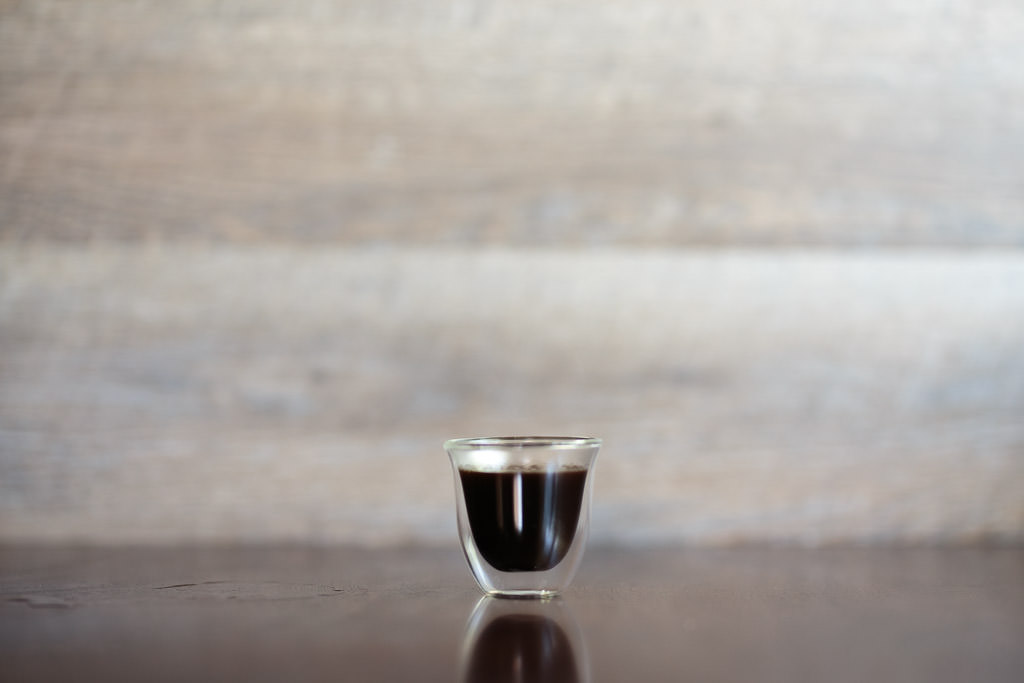Moka Pot: Stove Top Espresso Maker at Home
Patented in 1933, the Moka pot provided a democratizing shift for the enjoyment of espresso. Up until that time espresso was either enjoyed at a cafe, primarily by men go to and from work, and the wealthy who could afford a proper espresso machine. The Bialetti design came with an affordable price tag, bringing espresso-like coffee experience to the homes of the common man. Its popularity exploded after World War II, especially in Italy, where 90% of homes have a Moka pot in their cupboard. Today, we're taking this iconic, democratizing Italian coffeemaker and breaking down how to use to make good coffee.
Is it Espresso?
Thanks to the light crema that sometimes appears and its velvety, full-bodied coffee, the Moka pot often garners the tag of an espresso maker, like in the title for this post. While the flavor palate closely resembles that of espresso, technically the coffee from a Moka pot doesn't qualify. Technically, espresso requires a brew pressure of atleast 9 bars, the Moka pot maxes out at 1.5 bars. Technicalities aside, when brewed correctly, the Moka pot provides users with an espresso-like experience superior to some home espresso makers.
Brewing Correctly
Depending on who you ask, the Moka pot has a mixed reputation. Thanks to it's quirky and specific brew technique, it can easily over-extract coffee and produce an exceedingly bitter cup. So you need to keep a couple things in mind before jumping into to make espresso-like coffee for yourself from home.
First, don't be greedy with the volume. Resist the temptation to squeeze draw out every last drop of coffee. By the time the coffee finishes flowing into the upper chamber, over-extraction has likely already occurred. The trick to pulling good coffee out of a Moka pot is all in the timing and knowing when to halt the extraction process.
Second, observation plays a key role in dialing in the brew process, so I highly recommend taking notes. The Moka pot's self-contained system makes it an affordable easy design, but creates some difficulties in achieving specificity. As the water in the bottom chamber begins to boil, pressure builds and forces almost boiling water up through the grounds and finally into the upper chamber. This process makes it impossible to measure the exact amount of water coming into contact with the grounds and the final yield as it brews. So take notes to dial this method in to your specific Moka pot.
Moka Pot Brew Method
What you'll need
- Moka Pot
- Burr Grinder
- Scale
- Timer (I just use my phone)
- Electric/Gas stovetop or burner (aluminum Moka pots cannot be used on induction burners)
- Basin for ice bath or a sink nearby
Prepare
- Inspect the Moka Pot, make sure it's clean and the rubber is in place
- Add cold water to the Moka pot base, ending just below the release valve
- The industry seems to vary in opinion between using boiling or cold water in the base. From my research, cold water seems to have an advantage when compared head-to-head in blind taste tests. Unfortunately, I only have one Moka pot, so I can't do this taste test myself. Maybe I'll borrow a friend's and give it a go myself
- Weigh and Grind your Coffee
- For a 3 cup Moka pot, I use 20-22 grams
- Grind on a find setting, a little coarser than espresso but finer than for a V60
- Add coffee to the filter basket
- Gently settle the coffee to flatten out the grounds bed
- Do not tamp or apply any pressure to grounds
- Place the filter basket in the Moka pot base, the water in the base should not breach the steam release valve
Brew
- Screw on top of the Moka pot and place on heat source
- Set over medium heat
- Off-set the Moka pot slightly to keep from exposing the handle to heat
- Begin your timer as soon as you apply heat
- Keep the lid up so you can observe the coffee
- Prepare an ice bath or have a sink ready to run cold water immediately
- Coffee should begin pouring into the top chamber right around 5 minutes
- If it shows up sooner, you either did not add enough coffee or ground too coarsely
- If it shows up later, you either added too much coffee or ground too finely
- The pressure should push a stream of coffee slowly and methodically into the upper chamber
- If it explodes outward, turn down your heat source
- If it bubbles up lethargically, turn up your heat source
- Remove from heat as soon as the coffee reaches optimal yield
- The optimal yield is roughly 200g, at or just above the bottom of the pour spout
- It should take about a minute from when the coffee begins pouring to reach optimal yield (6 minutes total)
- If you wait for the liquid to stop pouring into the upper chamber, you've likely already over-extracted the coffee
- Immediately place the bottom chamber in the ice bath or under cold water
- Don't submerge above the release valve
- Only pour water over the bottom chamber
- This immediate halts the extraction process, preventing over-extraction
Serve and Clean
- Pour either into 1 pre-warmed mug or into 2 pre-warmed demitasse cups
- Freshly roasted coffee will likely produce a light crema
- Just like other brew methods, pouring into pre-warmed vessels maintains consistent temperature and keeps flavors intact
- Clean the Moka pot
- Built up residue from coffee oils can cause bitter extraction in future uses, so make sure you thoroughly clean after each use
- Use warm water and scrub the upper chamber, filter screen, filter basket and bottom chamber
- Allow the pieces to air dry separately, don't reassemble before they are dry (I grew something funky in mine when I neglected this step)
- Reassemble and Store
- When the pieces have air dried, reassemble the Moka pot to store
- Be careful not to tighten the upper and bottom chamber too tightly. Too much pressure can cause the gasket to breakdown at an accelerated rate
Worthy Legacy
The Moka pot clearly earns its place in the cupboard of iconic coffeemakers. The resulting coffee typically possesses a full-body with a velvety texture and richer flavor notes than you would find from an Aeropress or V60. For years, many Italians have used this little apparatus to produce espresso like coffee from home, and with some preparation and attention to detail, you can too.
As always, if you have any questions, comments, or ideas for future posts feel free to drop them in the comments below, reach out over email, or connect on social media!
Stay handsome






